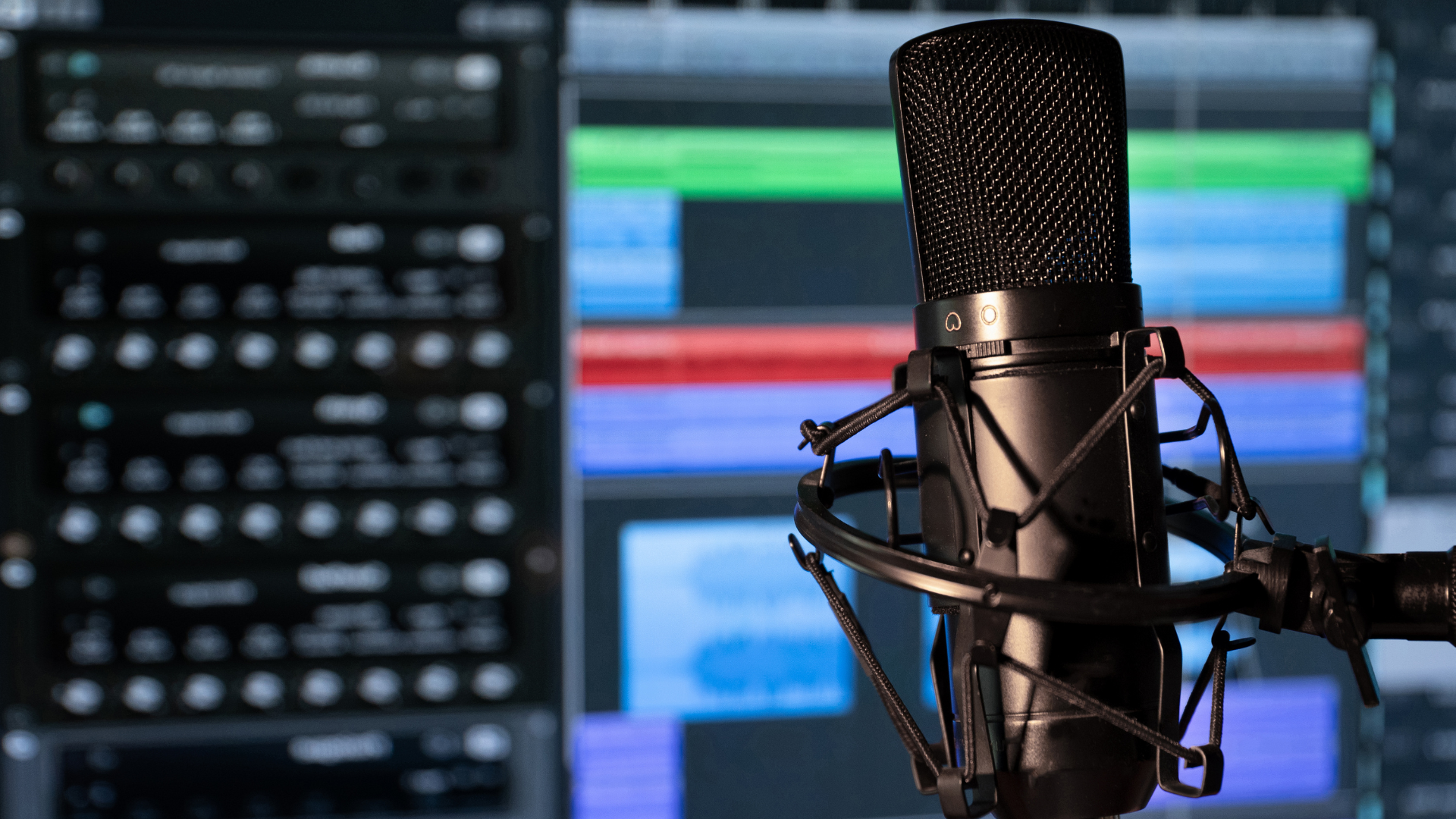
C-Suite Case Study: The Making of the Yeti Cooler Brand
The story of the notorious Yeti cooler started in 2006, when two dreamers turned what was once a boring consumer product into an iconic American lifestyle brand beloved by outdoor adventurers, tailgaters, bull riders, beach bums, and novelty hunters across the nation.
The company more recently went public in 2018 and is currently valued at $4.3 billion dollars with sales expected to reach $900 million by the end of 2020. Yeti is living proof that innovation can be developed even in one of the most unlikely commodity markets.
But how did that happen? I mean, to be fair, this isn’t the next silicon valley tech start up, it’s a cooler designed to keep you beer colder for longer…
They took a product category that nobody was thinking about innovating since Igloo put wheels on a cooler in the 1990s. More to the point the company successfully transformed the icebox into a coveted lifestyle brand.
That’s an impressive undertaking even for a well-established business with access to unlimited resources, funding, and marketing experience. But the Yeti Cooler brand was born from a series of homemade paper drawings, a personal need, and an unwavering determination to create something the founders wanted for their own hobby.
Here is the story of how two brothers from Austin Texas started a cooler company out of their dad’s garage and turned what was once a low-end commodity into a high-priced, high-end, globally recognized brand.
Two Brothers, a Passion, and a Problem:
Ryan and Roy Seiders, spent their entire childhood making memories in the outdoors. Their passion for the outdoors was infused with business potential when their father Roger Seiders, quit his job as a teacher and turned entrepreneur decades ago after he designed a fishing rod epoxy called Flex Coat he has been selling since 1977. The brothers got to see up close how to take risks and turn a personal interest into a business by finding a gap in a market by creating a solution to a common problem.
After graduating college, the boys set out to follow the familiar footsteps of their father. They attempted to start a series of businesses ideas of their own. Ryan tried his hand at building a custom-fishing-rod business and Roy began building modified fishing boats for anglers, specifically those targeting redfish in the shallow, hot, coastal waters off the Gulf of Mexico.

Neither venture was a success by their own admission, but it was their first dip into the waters of entrepreneurship. Like thousands of entrepreneurs before them, they sought out to solve a problem for the customers they served until one problem presented a unique and unexpected window of opportunity for the duo.
The first hint of Yeti began when Roy was customizing fishing boats for his clients. A challenge emerged when Roy was tasked with determining the best spot to put a cooler on his clients’ fishing boats that had very limited storage space. He knew that many fishermen (himself included) liked to stand on their coolers while casting, but the conventional cheap plastic models would buckle under their body weight, ultimately getting damaged or completely ruined.
Not satisfied with the available coolers on the market, Roy enlisted the help of his brother Ryan to help identify a more durable cooler for the custom boats at the outdoor trade shows they frequented.
Their agenda was pretty straight forward. They set out to locate a heavy-duty cooler to purchase for the custom fishing boats they were selling. Only to find, there wasn’t one. They needed a cooler strong enough that their clients could confidently stand on, that would also stay cold in the hot southern coastal temperatures.
An Idea Emerged:
The coolers available just weren’t up to the outdoor adventures the brothers were experiencing with their friends and clients. Not only did the cheap lids cave in, the handles would break, and the latches would frequently snap off due to the heavy weight of the ice and cargo. Forcing them and their clients to replace their portable coolers after every fishing season. It was out of this frustration that encouraged them to solve the problem on their own.
The idea of the YETI coolers was founded by the Seiders brothers: two outdoorsmen who needed a solid, durable cooler that could also keep their catch, kills, and beverages cold for a longer period of time in the hot Texas heat.

On a Mission:
They quickly dismissed the popular idea that coolers should be cheap and affordable. Instead they turned their attention on building an indestructible cooler built for serious outdoor performance.
As their website states, they decided early on that product innovation would have to come from a place of necessity and firsthand experience. Not relying on market research and data analysis.
The mission statement for the emerging company was founded on the belief that life is about having a good time doing what you love. And for the Seiders brothers, that was getting primal in the outdoors hunting whitetail, catching fish, and spending time with family and friends making lifelong memories.
“We’re wild at heart. So our coolers couldn’t be anything less.”
– Yeti Coolers
Reinventing the Wheel:
While attending trade shows looking for inspiration, Ryan stumbled across a rugged cooler model from Thailand, and the brothers set up a business to distribute their coolers for a short-lived time.
But eventually they found, the product just wasn’t what they were ultimately hoping for. While at the time, it was the best cooler out there, the product quality wasn’t up to their standards, and the brothers weren’t in love with the design either. They traveled to Thailand to meet face-to-face with the manufacturer to suggest changes only to discover the manufacturer couldn’t actually fulfill on their specific expectations.
Ryan and Roy took more steps to realize the product they envisioned. They mocked up their own handmade drawings with specs and soon found a manufacturer in the Philippines who was willing to try their ideas and provide them with a working prototype. The game was on. But they needed seed capital they didn’t have to build the initial proof of concept model.
To help fund the idea, Ryan sold his fishing rod business, and the brothers pooled what little money they had to cover the cost of the initial prototype and tooling.
The New & Improved Yeti Design:
The YETI shell is made from a common plastic material called polyethylene in a plastic manufacturing process referred to as roto-molding, that infuses high temperature and low pressure to create one piece of solid piece of plastic molding. It’s the same process used to create durable kayaks, eliminating any seams and joints making them stronger and more insulated.

By making one solid plastic case equates to higher plastic strength integrity and allowed less cold air to escape the seams. The shell walls were additionally injected with 3 inches of industrial strength foam and they installed a freezer quality rubber gasket sealer found in high-end refrigerators to make the lid air tight.
The solid design, combined with the depth of the insulated walls, insured the cooler’s contents would stay frozen longer.
With their protoype nailed solid they had to focus on selling the product to regain their initial capital investment.
Paving a New Path to Distribution:
They soon realized they would have to sell their product for $300 apiece for their smallest model in order to cover the costs of the premium design. They understood what they were up against from a retail perspective from the start. Yeti couldn’t focus on high volume sales through traditional retail distribution in the beginning. Instead they went after a niche clientele willing to pay top dollar for a quality product.
YETI didn’t try to compete with traditional retail’s cheap $30 coolers available at big box retailers like Target and Walmart. Instead they focused their efforts on specialty sporting goods stores and targeted the outdoor trade shows they were familiar with attending. It was here, in their familiar outdoor network where they could attempt to capture the attention of their primary audience. The goal was to get the buy-in from hunting and fishing guides to build Yeti’s grassroots reputation.
In addition to outdoor tradeshows, they spent their early days cold calling local hardware stores, tackle shops, and small outdoor retail owners offering them a new value proposition: Why waste your time selling a $30 cooler only retain a $5 margin? When you can sell their premium $300 cooler and keep $100? The grass roots approach slowly made progress but it wasn’t an overnight success.

Growing Pains:
The brothers launched Yeti in 2006. Sales reached $5M by 2009, and by 2011 they were pulling in an impressive $29 million which would earn the company its third consecutive appearance on the Inc. 5000 listing for their explosive growth.
They started hitting their stride when they finally broke through to premium outfitters like Bass Pro Shops and other specialty retailers. But that win brought them a whole new set of problems. The coolers were flying off the shelves faster than they could meet the production demand. Yeti ran into a major supply chain obstacle. They were selling more coolers than their suppliers could build on time. The Seiders’ needed to outsource help, fast, and the brothers proved their resourcefulness once again.
Private Equity Partnership:
They were now in a dead sprint to find a partner to help them navigated the next stages of growth to help fulfill their growing supply chain constraints.
The Seiders reached out and vetted pitches from more than a dozen private equity firms.
In June 2012, they pulled the trigger and sold two-thirds stake of the company for $67 million to a private equity firm that specialized in leveraged buy-out transactions. The Cortec Group firm targets specialty middle-market manufacturing, distribution and service companies, particularly family-controlled companies.
Cortec, based in New York, was founded in 1984. Since inception, the firm has raised over $2.6 billion of capital across six investment funds and has completed more than seventy transactions to date.
Cortec had major strategic advantages with IP and manufacturing connections that Yeti desperately needed. Cortec proved invaluable in navigating the necessary trademark battles (including going up against and winning a lawsuit with Walmart and other large players) that soon plagued the popular brand.
Cortec also proved useful in helping the brothers expand the product line beyond $400 heavy-duty coolers to include drinkware (mugs and tumblers), bags, lawn chairs, and even an off-road electric scooter eventually dropping the “Coolers” name from the now Yeti brand. This product category growth would soon prove to future WallStreet investors that they were no longer a cooler company.

Additionally, Cortec offered a subjective external perspective the company needed for high growth, negotiating new venders, marketing agencies and process management for the now 700 employees under the Yeti label.
By 2014’s year end, they quickly grew to $147 million in retail sales as the brand started creeping into the new expanding brand categories.
Yeti went public in 2018 with an IPO valuation at $1.7 billion. They were well on their way to building a globally recognized brand.
Marketing a Household Name:
How does one make a cooler company cool? The answer in short; marketing.
Yeti developed a marketing strategy that told their story, engaging people on a shared love for the outdoors and the best equipment to enjoy them with.
The combination of high-quality, field-endorsed products and outlandish prices translated to high consumer interest and desire.

The company leveraged a network of influencers they named their YETI Ambassadors, who had already grown like audiences to endorse the brand. YETI’s influencers include hunters, fishermen, snowboarders, professional skiers, bull riders, and cowboys.
YETI Ambassador Video Example:
Embracing their audience on social media YETI currently has more than 1 million followers on Facebook and 1.4 million Instagram and are leveraging Youtube with millions of views across their 197 original videos to date.
They even share social proof of their brand promise claiming for example, that Yeti’s are even Grizzly proof.
Here’s the proof:
Yeti took their marketing strategy a step further when they hired Melisa Goldie as the company’s very first chief marketing officer. Goldie was formerly global CMO of Calvin Klein Inc.
You might think, why hire someone previously responsible to sell a clothing label to oversee their marketing strategy?
But considering over 70% of Yeti’s consumers are under the age of 45. Goldie came with a breadth of experience in lifestyle branding, promoting product lines across a wide range of consumer categories at multiple price points across a wide range of geographies.
YETI Business Strategy:
Yeti was a brand that arrived onto a product category that existed since the early 1900s. Instead of fitting into what others were doing they made bold moves to set themselves as far apart from their competitors as they could get in terms of price, quality, and speed to production, to gain a competitive edge.
In order to manufacture such a high quality product in mass, the company deployed an “asset light” strategy. They outsourcing the production and distribution their products keeping their overhead low while focusing on growing sales year over year.
While forgoing profits by investing in third-party production, they were able to capture faster market share as the first premium quality cooler brand while other copy-cat brands started following their coat-tails.
Yeti recognized the need for strategic help to grow the company by partnering with the Cortec Group. This deliberate decision rapidly increased operating efficiency to overcome supply chain growth deficiencies.
Similarly, Cortec was essential in diversifying the product lines for Yeti into drinkware and soft (bag) travel coolers which accounts for nearly half their sales which is something Wallstreet investors rewarded in their IPO. Their experience in strategic licensing positioned the company as a global player.

The brothers scaled by bringing in the right growth partners yet again by hiring outdoor-retailing executive Matt Reintjes to replace Roy as chief executive officer. While Roy remains the Chairman of the company, by giving up some of the control as founder to an external CEO, the Seiders were signaling to Wallstreet that they were playing the long game of strategic growth by putting all of the right players where they needed to be positioned.
While the company is experiencing peak growth their story is very likely far from it. The Yeti Ice Monster started out as an idea, turned opportunity, and ultimately into another great American business success story.
For more information visit tylerhayzlett.com







